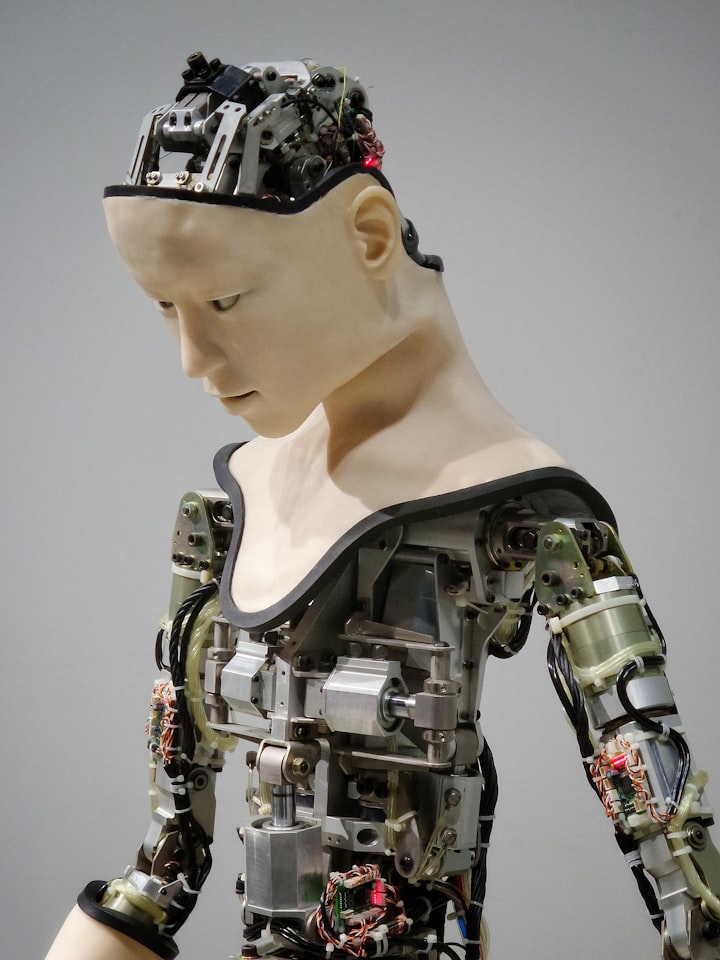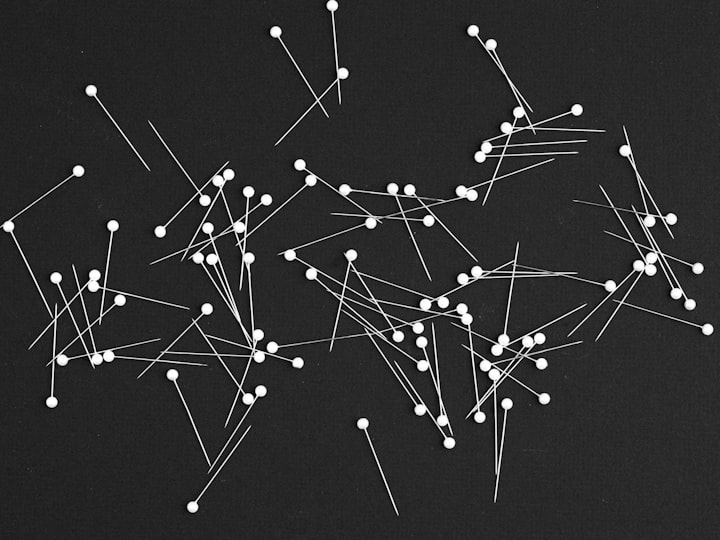Artificial intelligence 5
Robotics: Past & Present

Robotics is a rapidly growing field that has revolutionized the way we live, work, and play. From automated manufacturing to self-driving cars, robots are becoming increasingly prevalent in our everyday lives. In this article, we will explore the history of robotics, their current applications, and the future of robotics.
History of Robotics:

The concept of creating artificial machines to perform tasks dates back to ancient times. The Greeks developed automated machines such as the Aeolipile, which was a steam-powered device that demonstrated the power of steam. The Middle Ages saw the development of the clock, which was a form of mechanical automation.
In the 18th and 19th centuries, the Industrial Revolution led to the development of machines that could perform tasks previously done by humans. The first true robot, however, was created in the early 20th century by Czech writer Karel Capek in his play "R.U.R." (Rossum's Universal Robots). The word "robot" comes from the Czech word "robota," which means "forced labor."
During World War II, researchers developed the first remote-controlled devices for military applications. The 1950s saw the development of the first true robots, including the Unimate, which was the first industrial robot used for manufacturing.
Current Applications of Robotics:

Today, robots are used in a wide range of industries, including manufacturing, healthcare, transportation, and entertainment. In manufacturing, robots are used to perform repetitive tasks such as welding, painting, and assembly. They can work around the clock, with a level of precision and consistency that is difficult for humans to match. This has led to increased efficiency and reduced costs for many manufacturers.
In healthcare, robots are used for surgical procedures, patient care, and rehabilitation. Robotic surgery has become increasingly popular, as it allows for less invasive procedures, shorter hospital stays, and faster recovery times for patients. Robots can also assist with tasks such as lifting patients and delivering medications, freeing up healthcare professionals to focus on other tasks.
In transportation, self-driving cars are becoming increasingly prevalent. These vehicles use a combination of sensors, GPS, and artificial intelligence to navigate roads and traffic. They have the potential to greatly reduce accidents and traffic congestion, as well as making transportation more accessible for people who are unable to drive.
In entertainment, robots are used in theme parks and other attractions. For example, the Disney theme parks use a variety of animatronic robots to create lifelike characters and experiences for visitors.
Future of Robotics:

The future of robotics is full of exciting possibilities. Advances in artificial intelligence, sensors, and materials are making robots more versatile and adaptable than ever before. Here are some of the potential applications for robotics in the future:
Personal robots: As robots become more affordable and adaptable, they may become common in households as personal assistants or companions. They could perform tasks such as cleaning, cooking, and running errands, as well as providing entertainment and companionship for people who live alone.
Space exploration: Robots are already being used for space exploration, but in the future, they may play an even greater role. Robots could be used for tasks such as building habitats, collecting samples, and conducting research on other planets.
Agriculture: Robots could be used to perform tasks such as planting, watering, and harvesting crops. This could help increase efficiency and reduce labor costs for farmers.
Disaster response: Robots could be used to assist with disaster response efforts. They could be used to search for survivors in rubble, deliver supplies to people in hard-to-reach areas, and perform other tasks that are dangerous for humans.
One of the main concerns is that robots will replace human workers, leading to job losses and economic disruption. While it is true that robots are increasingly being used to perform tasks that were previously done by humans, there are also many new jobs being created in the field of robotics itself. As the use of robots becomes more widespread, there will be a need for technicians, engineers, and other professionals who can design, build, and maintain these machines.
Another concern is that robots may have a negative impact on society, leading to isolation and a loss of human interaction. However, there is also the potential for robots to enhance human interaction and improve quality of life. For example, robots could be used to provide companionship for elderly people or people with disabilities, helping them to live more independently.

Overall, robotics is a field with enormous potential for positive change. As technology continues to advance, we can expect to see even more exciting developments in this field. However, it is important to consider the impact of robotics on society and to ensure that the benefits of these machines are distributed fairly. With careful planning and collaboration, we can create a future in which robots enhance human life and improve our world.





Comments
There are no comments for this story
Be the first to respond and start the conversation.